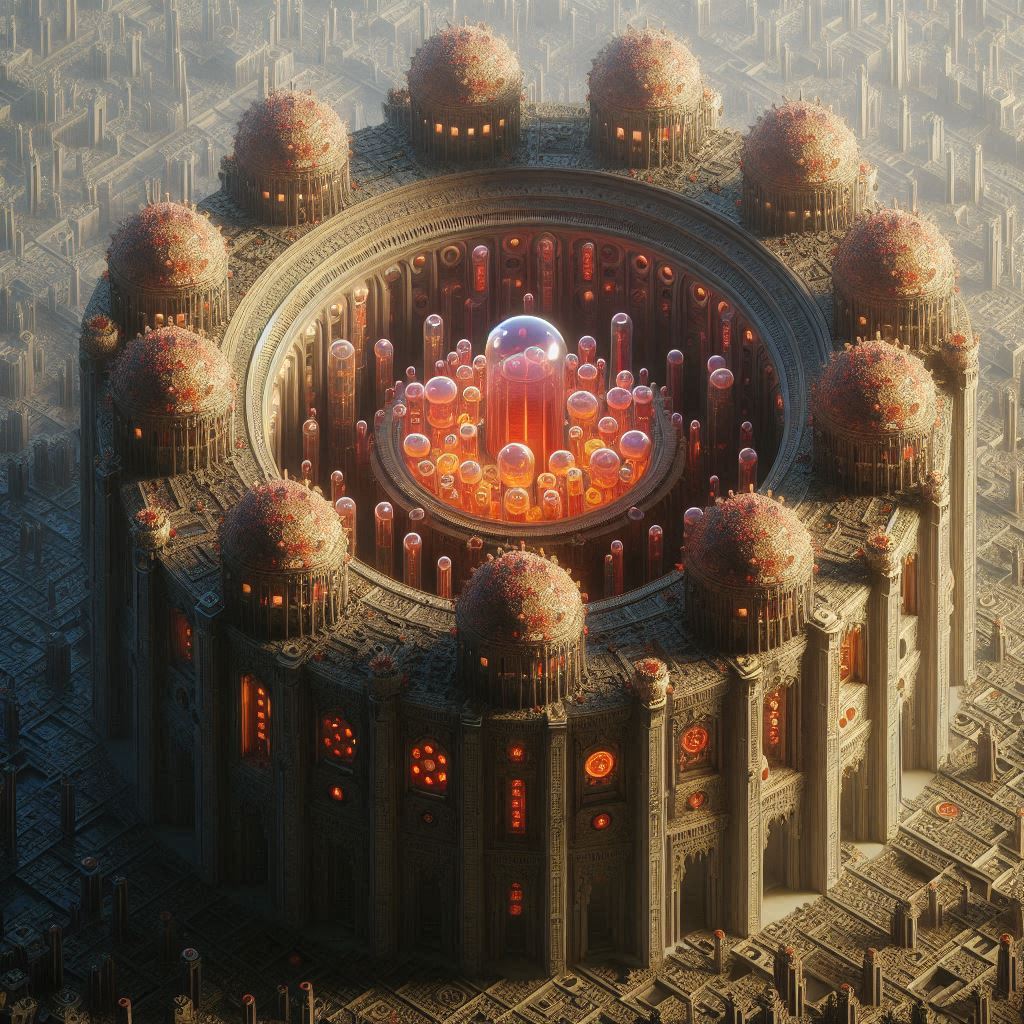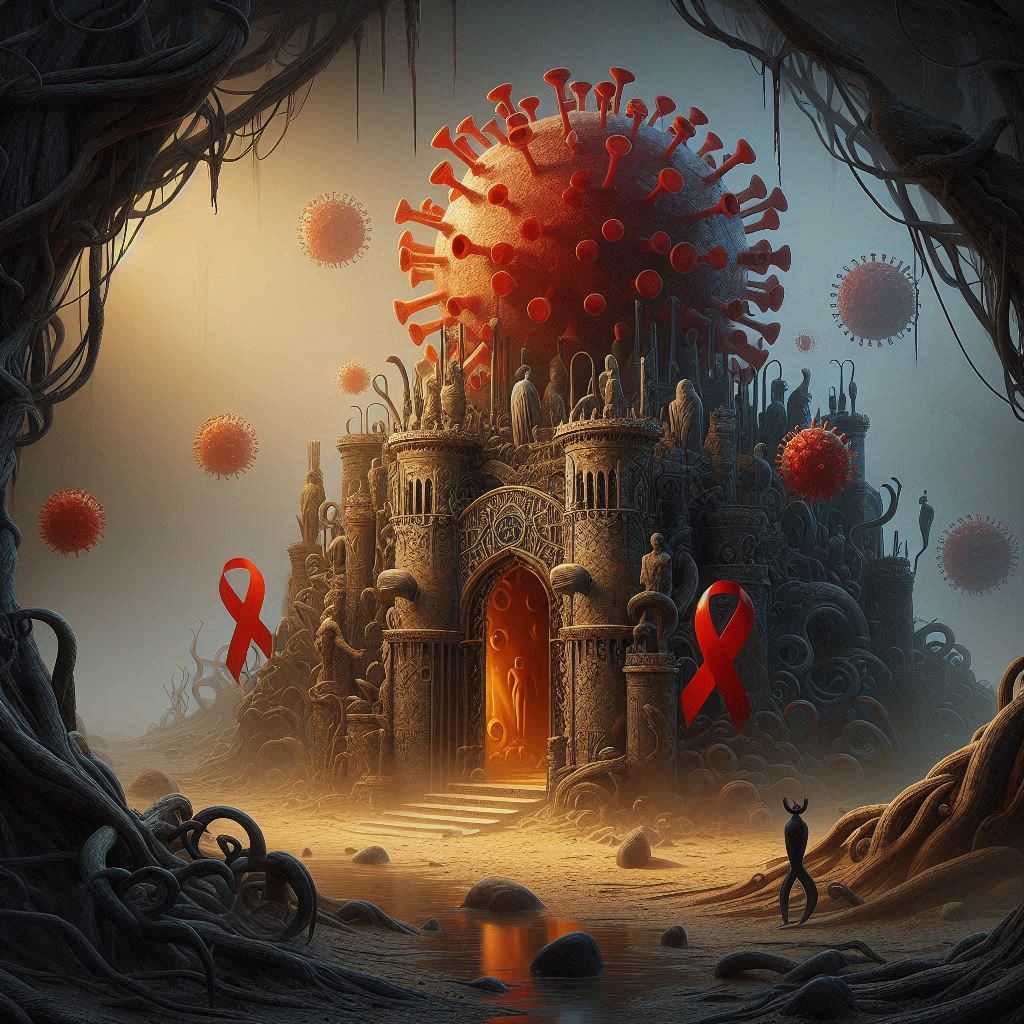To truly understand the modern challenge of curing HIV, we must journey deep into the body—into the hidden fortresses where this virus sets up camp and refuses to leave. These strongholds are what scientists call HIV reservoirs, and they play a central role in the mystery that began decades ago when the world first asked: Where did AIDS come from?

Imagine the human body as a vast kingdom. In this kingdom, there are bustling cities (the bloodstream), highways (the lymphatic system), and secret caves and forests—places remote, shadowed, and hard to reach. When HIV invades, it doesn’t just fight a visible war in the open plains of the blood. No, it’s far cleverer than that. It sets up secret bases—reservoirs—where it hides from the immune system and even from the most powerful antiretroviral drugs.
These reservoirs are like enemy bunkers. They’re the reason we can’t yet fully eradicate the virus from someone’s body. They are the embers that never fully die out, always ready to ignite again.
The Origins: Where Did AIDS Come From?
To understand HIV reservoirs, it helps to rewind and revisit the origins of the virus. Where did AIDS come from? This question doesn’t just point to geography—it leads to the core of understanding the virus’s behavior.Through a process called zoonosis, the virus jumped from animals to humans, likely through

Over decades, the virus evolved, silently spreading before being recognized in the early 1980s. Understanding where AIDS came from is more than a historical inquiry—it’s a key to understanding why HIV is so persistent and elusive.
The Stealth Game: Where HIV Hides
Once inside the human body, HIV primarily targets CD4+ T cells—a type of white blood cell that is crucial for immune defense. But here’s the twist: instead of just killing these cells outright, HIV inserts its genetic code into them. In some cases, it goes dormant—like a spy sleeping in enemy territory, waiting for a signal to wake up and act.
These dormant infected cells are the reservoirs. They’re found in various tissues and organs, including:
- Lymph nodes
- The brain (central nervous system)
- The gastrointestinal tract
- Bone marrow
- Genital tract
They are difficult to access and even harder to purge. Antiretroviral therapy (ART) suppresses the active virus but doesn’t touch the virus hidden inside these reservoirs.
The Cure Conundrum
Even after decades of research, these reservoirs remain the single biggest obstacle to an HIV cure. It’s like trying to eliminate weeds that have roots deep underground—you can mow the grass, but unless you pull out every root, they’ll keep coming back.
That’s why new strategies like “shock and kill” (waking up hidden virus so it can be targeted) or “block and lock” (keeping the virus permanently dormant) are being explored.
From Origins to the Future
So, where did AIDS come from? It came from a viral leap across species—a virus that learned to adapt, to hide, and to persist. Understanding HIV reservoirs gives us insight not just into how the virus survives, but how incredibly strategic and resilient it is.
As we continue the fight against HIV/AIDS, the key to victory may lie not just in killing what we can see, but in outsmarting what hides beneath the surface.


